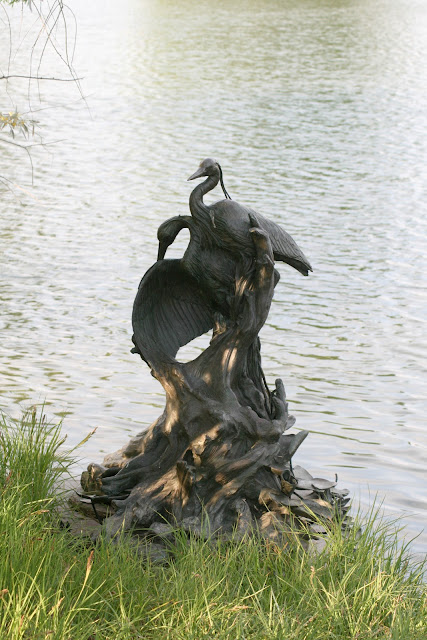 |
| Cattle Egret |
There are a several birds that I see quite often but just never seem to be in the right place at the right time to photograph them, the Cattle Egret is one of them. Usually when I see them they are so far out in a pasture behind a fence I can't get a good shot of them.
For the past week on my way home from work I have seen one in a pasture just off the 5th South Exit of the Legacy Highway, but haven't had my camera with me and got to busy to come back down after getting home. I had to go in to work this morning for a few hours and sure enough on my way home there it was so I hurried home, got my camera and went back down to the Legacy Parkway.
Not only was it still there but several others had joined it along with a couple of Snowy Egrets and a White-face Ibis.
 |
| Snowy Egret |
 |
| White-faced Ibis and Cattle Egret |
 |
| Snowy Egret and Cattle Egret |
Getting a 1st photo of a bird is almost as exciting as seeing a new life bird.
In addition to the Egrets and Ibis there were Western Kingbirds displaying in the air over the pasture but unfortunately I wasn't able to get any pictures.



















